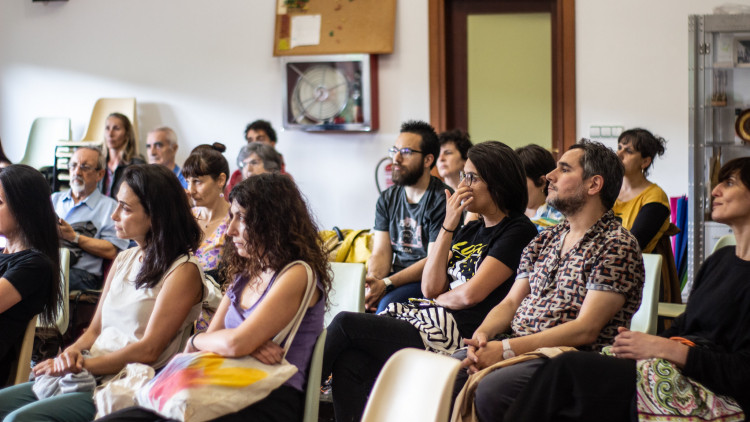What are the main targets ‘Art Living Lab for Sustainability' pursue?

This project seek, from practice, to see how culture can operate and become a relevant agent in sustainability.
Apart of Innovation and Sustainability, ‘Art Living Lab for Sustainability’ pretends the creation of new ways of doing, looking at a form of ‘Art as a radical innovation’. From relational art, situationist and more performative artistic practices, it has been seen how art is not only an object, it is much more, it is also a practice and a process. Art breaks physical frameworks, expands ways of making society. From art, anyone can experience new methodologies that help delve into citizen demands in the face of the proposed environmental challenges.
The initiative also conceives culture as an example, expanding impacts beyond the sector. Culture is an expert in creating these places and therefore acts as a lighthouse that can be. Through of international meetings and workshops and materials generated by the partnership, the project seeks to strengthen and promote competitiveness.
Economic growth must be inclusive, which is why it is necessary to create participatory spaces, from which to listen to citizen needs and desires. replicated in other contexts.
Nature is not an entity isolated from society, the enlightenment has separated both worlds, generating a distance and therefore a detachment. That is why it is necessary to reinforce culture as the fourth pillar of sustainability and generate new ways of sustaining the planet that are less abusive. Culture is fundamental here, it generates imaginaries, ethics, devices, protocols and works of art at the service of new ways of sustaining the planet.
The project facilitates too citizens’ participation as a demonstration of small European green deals, expanding democracy and positioning Europe not only in representative systems but also in self-management and communal practices.
For this reason, ‘Art Living Lab for Sustainability’ ‘work with three selected cases: communal land, water commons and clay commons, three places which combine social management of natural elements and there is relevant know-how to be replicated, especially at a time of enclosure that they are suffering.
Finally, attending to the ecologies of art and its aesthetics, this proposal makes Europe to become the first climate-neutral continent by articulating participatory and co-decision mechanisms that address local environmental challenges.
